Throwback Thursday: Have we found our last fundamental particle?
Now that the Higgs has been discovered, the Standard Model is complete. But are there any other new particles?
“The particle and the planet are subject to the same laws and what is learned of one will be known of the other.” –James Smithson
The entirety of the known Universe — from the smallest constituents of the atoms to the largest superclusters of galaxies — have more in common than you might think.
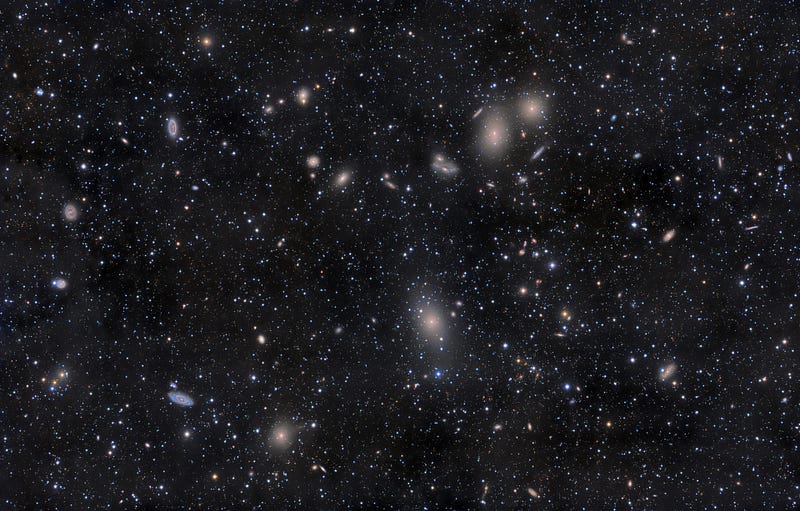
Although the scales differ by some 50 orders of magnitude, the laws that govern the grandest scales of the cosmos are the very same laws that govern the tiniest particles and their interactions with one another on the smallest known scales.
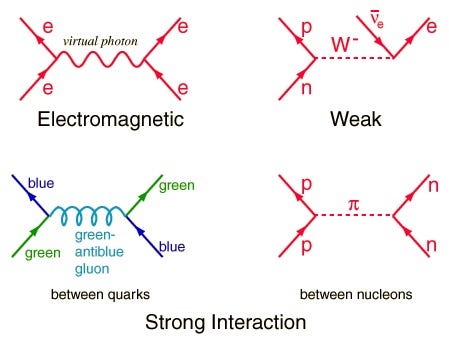
We study these two scales in entirely different ways; the largest scales can only be studied with great telescopes, using the natural cosmic laboratory of outer space, while the smallest scales require the largest, most powerful machines ever constructed here on Earth: particle accelerators! And of all the particle accelerators ever built by humanity, the Large Hadron Collider (LHC) is by far the most powerful.
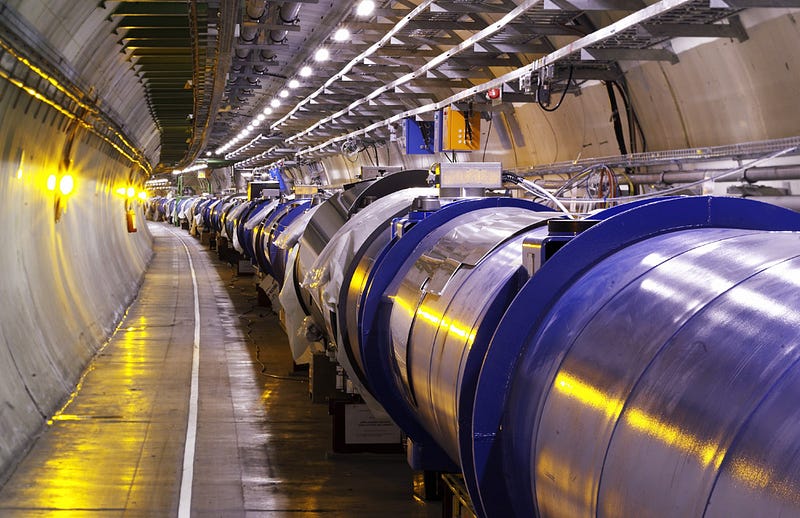
Although many of us are still hoping that the LHC finds something new, exciting and unexpected, it was constructed — first and foremost — to find the last missing piece of the Standard Model:the Higgs Boson. There are many types of fundamental particles in the Universe, but we can divide them into three general categories: fermions (like quarks and electrons), gauge bosons (like the photon), and the Higgs, a unique, fundamental scalar particle.
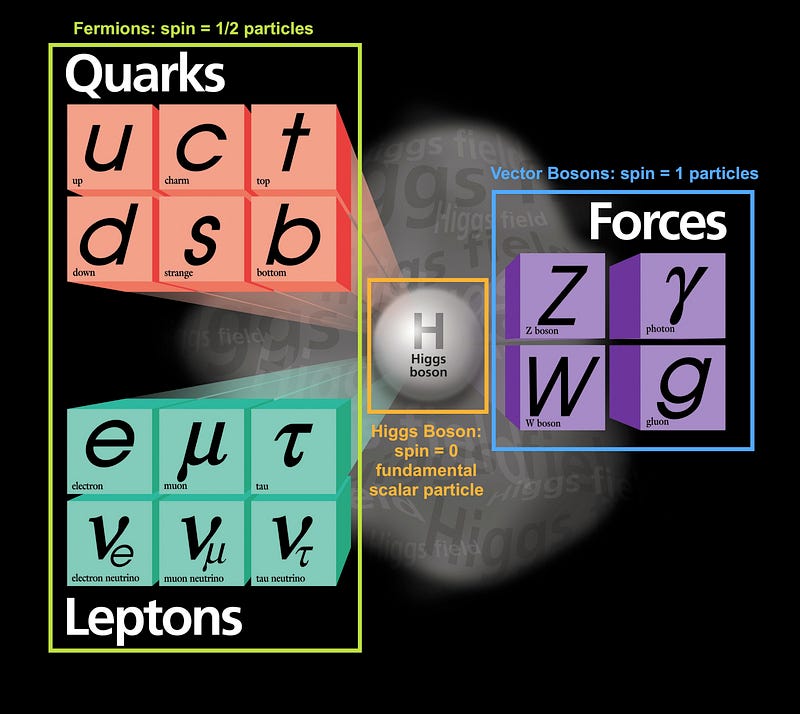
I don’t know how closely you followed physics news prior to the LHC, but if you did, you’ll remember that there was wild speculation about what mass the Higgs Boson was going to have.
There’s a very good reason for this: all these particles — through the physics of quantum field theory — have dramatic effects on what we observe in this world.
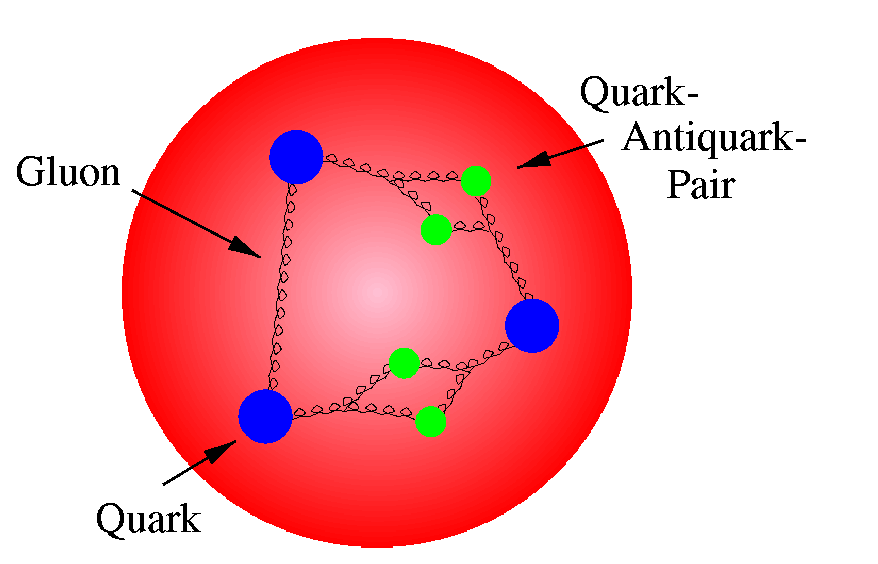
For example, we normally think of protons and neutrons as being made up of 3 quarks apiece, but those three quarks only account for some 2% of the total mass of those particles; the rest of that mass comes from all the other particles, interacting via the laws of quantum field theory (QFT). All these particles are so interdependent on one another that if the top quark — the heaviest of all standard model particles (and some 185 times the mass of the proton) — were twice the mass it actually is, every proton in the Universe would be 20% heavier than the protons that actually exist!
This is particularly interesting right now, because in just the last week, the top detectors from Fermilab and CERN released their latest combined results about the mass of the top quark, where it comes in at 173 GeV.
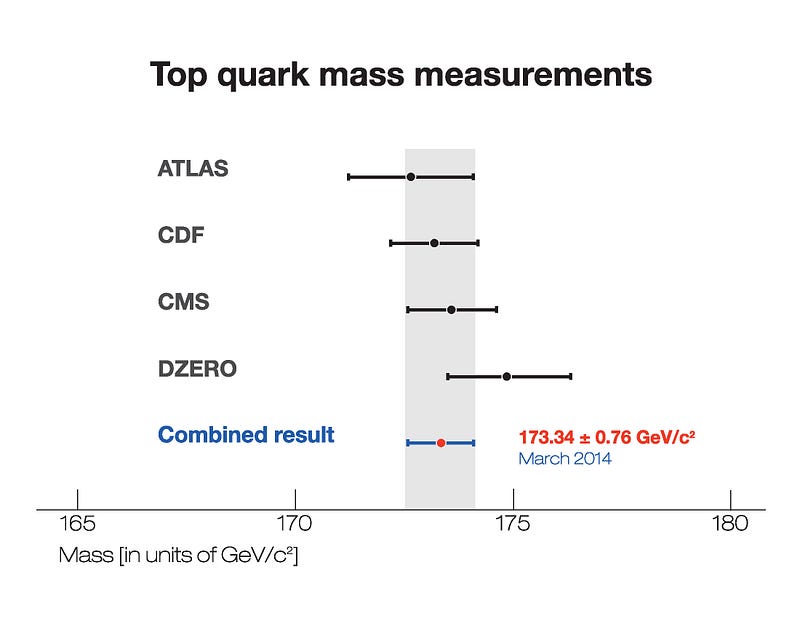
Well, just as the mass of things like protons are dependent on what’s in the Universe, so, too, is the mass of the Higgs. All the particles present in the Universe, and what interactions actually happen according to the laws of QFT, work together to determine what the mass of the Higgs ought to be.

So far, we know of all the standard model particles, but nothing else. And yet, we know — at some level — there must be something else. The question is what, and whether we can ever hope to (practically) find it.
The standard model, of course, does not include gravity. But the real Universe has gravity, and we assume that whatever the full, fundamental theory of the Universe is, it incorporates all of the known forces, gravity included. When it comes to gravity, we typically consider General Relativity as a low-energy, large-scale (compared to the Planck length, at least) approximation of a more fundamental, fully quantum treatment of gravity, which is simply beyond the scope of our theoretical tools.
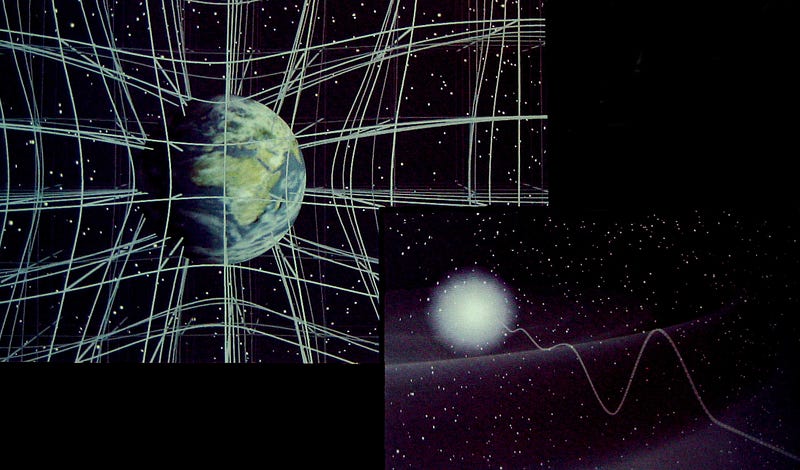
At least, it has been for generations. But there is a new idea gaining traction in recent years when it comes to making a quantum theory of gravity: asymptotic safety. Without going into any mathematical detail (and with full disclosure that I myself don’t understand it as well as I’d like), you can think of it as a mathematical trick that allows you to incorporate gravitation into your QFT. (For a little more detail, see here, and for a lot more, see the Weinberg original.)
There’s a very important reason we care about this: if we understand how to incorporate gravity into our quantum field theories, and we’ve measured the masses of all the standard model particles except one, we can theoretically predict what the mass of that one remaining particle needs to be in order for physics to work properly at all energies!
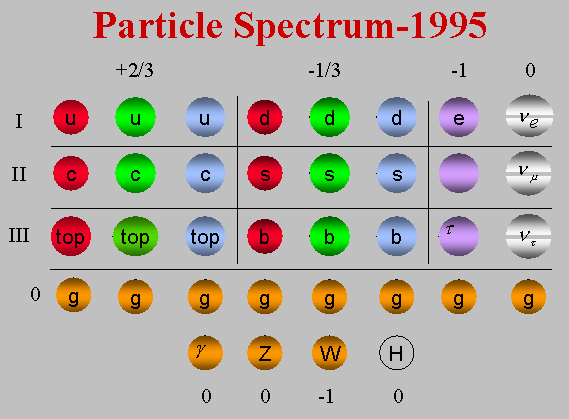
With the advent of the LHC and the improved data from Fermilab as well, we’ve pinned down the mass of the top quark and the mass of the W-boson more accurately than ever before, leaving only the Higgs. Demanding that the Universe be stable constrains that last free parameter — the mass of the Higgs boson — to be one particular value. If the mass turns out to actually be that value, then that’s indicative that, if asymptotic safety is a valid idea, there are no new particles in the Universe that couple to the Standard Model below the Planck energy. In other words, there are no new particles to be found by building colliders in the Universe, all the way up to Planck energies, some 15 orders of magnitude more energetic than those probed by the LHC.
But if we can predict that mass, and the actual mass of the Higgs boson turns out to be anything else, either higher or lower, then that means there must be something new in the Universe in order for physics to be self-consistent. And the amount the actually Higgs mass differs from the prediction could bring that down by many orders of magnitude. For example, a mass difference of 15 GeV from the prediction would likely mean TeV-scale (and LHC-accessible) new particles.
Now, here’s the truly amazing thing: that mass was calculated back in 2009, before the LHC was turned on.
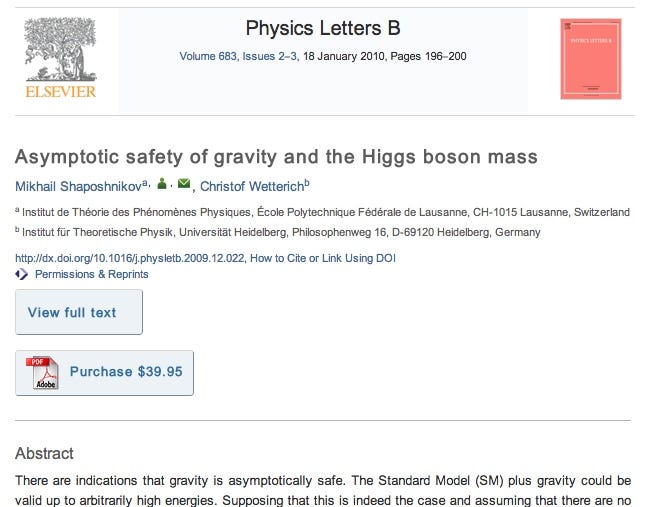
You can read the abstract here and the full article here, but what’s truly amazing is that we’ve now found the Higgs, and we know its mass. Want to see what this paper, nearly 3 years old now, predicted for the mass of the Higgs? (Highlights, below, are mine.)

Holy. Crap.
So I want you to understand this correctly, because this could be huge. If asymptotic safety is right, and the work done in this paper is right, then an observation of a Higgs Boson with a mass of 126 GeV, with a very small uncertainty (±1 or 2 GeV), would be damning evidence against low-energy supersymmetry, extra dimensions, technicolor, or any other theory that incorporates any new particles that could be found by any accelerator that could be built within our Solar System.
Fast-forward to July 2012, when the discovery of the Higgs Boson — confirmed to be a single, fundamental scalar particle of spin-0 — was announced. What was its mass, again?
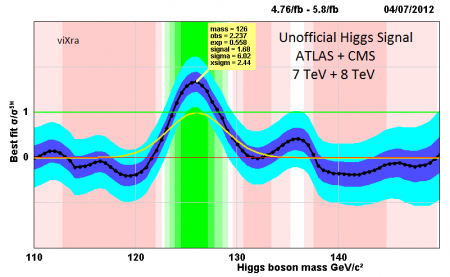
According to the combined ATLAS+CMS data (both major detectors), a Higgs of mass somewhere between 125 and 126 GeV was detected with a (robust) significance of 6-σ, with an uncertainty of around ±1 GeV. In other words, those of you who followed the excitement back then may have witnessed the last fundamental particle physics discovery we will ever make. There still may be more out there, but the Higgs Boson could have very well been the last unfound fundamental particle accessible to colliders. Even if the mass turns out to be off from the predicted value by 2 GeV, that likely means there’s no need for a new particle until energies above 10^11 GeV, which exceed even the cosmic speed limit for matter in the Universe.
Yes, there are still more questions to answer, more physics to learn and more to explore even with the LHC, including questions about dark matter, the origin of neutrino mass, and the lack of strong CP-violation. But there might not be anything more to learn — at least, in terms of fundamental, new particles — from doing particle physics at higher and higher energies.
An earlier version of this post originally appeared on Scienceblogs. Head there now and leave a comment at the Starts With A Bang forum!





